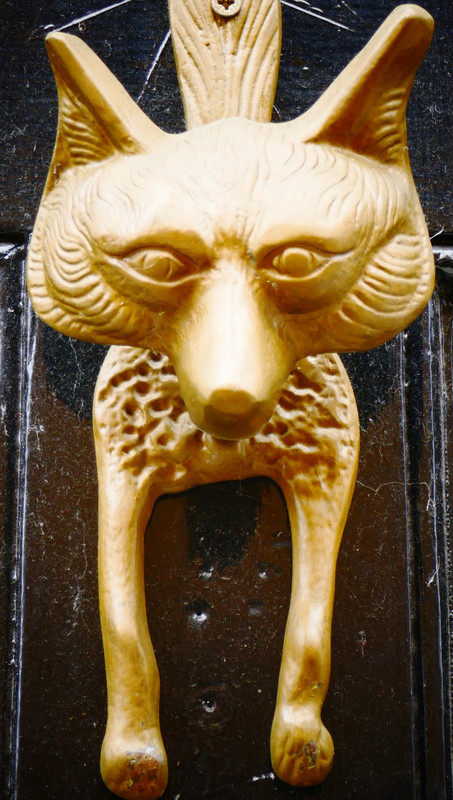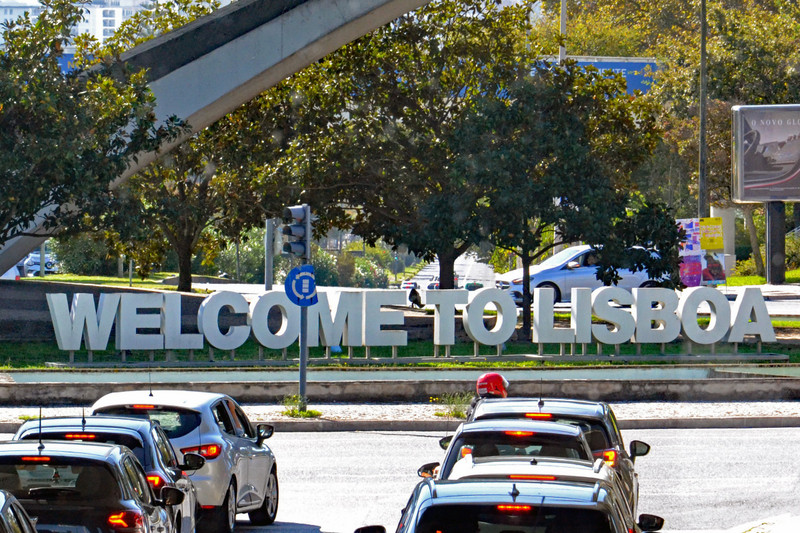There are a number of towns and locations throughout England, that are synonymous with a specific sport or activity. Wembley = Football. Silverstone = Formula 1. Twickenham = Rugby Union. Wimbledon = Tennis. We are stood in a small, rural market town in Leicestershire, but how many would have figured it to be the epicentre of European fox hunting until just a few years ago? I appreciate that the very idea is alien to most of us urban dwelling types and is now but a distant memory after the 2005 ban. I am more in tune with the urban fox, plodding the streets of our locality in search of a tasty morsel to keep the family. He was more likely to be seen cursing the introduction of the plastic wheelie bin, than looking over his shoulder for horse and hounds. We back to the fox hunting influence on Melton in due course.
We start our Melton journey at the end of what is now Nottingham Street. The area once thrived on another four legged animal - the sheep. Daniel Defoe no less - writer of Robinson Crusoe - was said to have written about the wool and
high quality meat. Melton, it seems, was once highly rated for the local fleeces and meat. However, another foodstuff has more associated with the town. The roads on entry to the district proclaim, Melton Mowbray. Regional Food Capital. We pass the 1854 Corn Exchange and head to the shop of Dickinson & Morris. The timber framed building is adorned with the words, Ye Old Pork Pie Shoppe. In these socially distanced times, numbers gaining entry to the shop were strictly controlled. A steady queue snaked outside. A lady waiting for an acquaintance, caused some confusion about whether she was seeking to purchase. A pork pie is described as a traditional English meat pie and Dickinson & Morris are described as the home of the pork pie - since 1851. are the oldest in existence still making the authentic pork pie. The pies themselves consist of roughly chopped pork and pork stock, surrounded with a layer pork jelly and encased in a hot water pastry. The delicacy is served cold or at room temperature and there is a suggestion it serves as a mere snack. I would argue - snack or meal - depends on the size
of the pie. In these strange times, even the humble Scotch egg has been given credit as a substantial meal, when consumed with a side dish of alcohol! website explains the history of product at great length - it seems Joseph Morris knew a good thing when he saw it and joined the Dickinson clan in 1886. Production of pork pies is now on a much larger scale to satisfy demand and it transpires some of the Dickinson & Morris output is made in a factory near Leicester. However, the traditional hand raised pork pie is still made in and available from this shop. We had plans to eat our pie as part of our lunch, but had foolishly forgotten to stash a cutting implement in my day pack. The friendly Dickinson & Morris server came to the rescue and cut our purchase into 6 portions. The pie was secured into the day pack for later consumption.
The Corn Exchange nearby had been converted into a small covered shopping centre, but was pretty much closed due to the continued rules on retail activity. Pork pies (and other foodstuffs) were fortunately essential fayre. The Corn Exchange was
originally opened in 1854. It used to be a focal point for meetings in the town and was given listed status in 1976. The nearby Corn Cross at the junction with High Street transpired to be a 1996 replica added in recent years. I noted a plaque on the building opposite. It turns out that it was one of the buildings of the former King Edward VII School. This former Grammar School was the place that educated Graham Chapman, founder of the Monty sketches. He was a former Head Boy and went on to take lead roles in The Holy Grail and The Life of Brian. A passing couple advised that a similar plaque adorned his old house on Burton Street.









